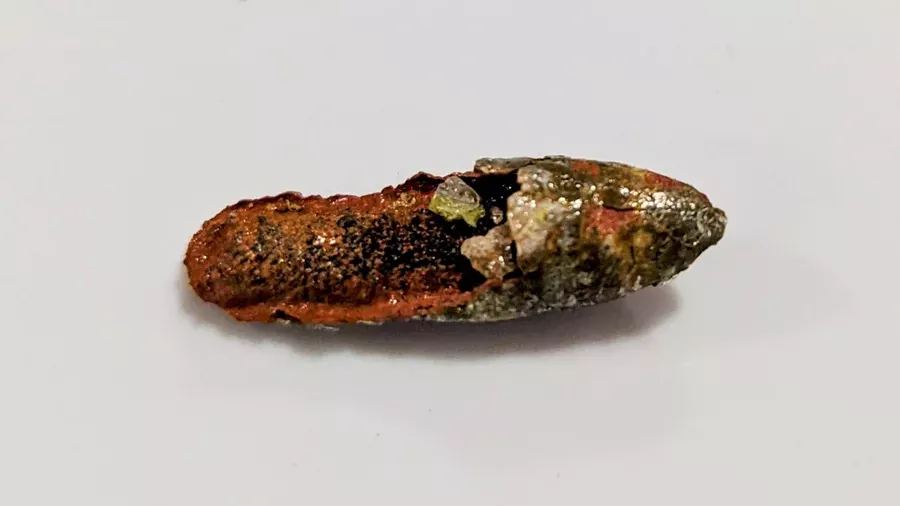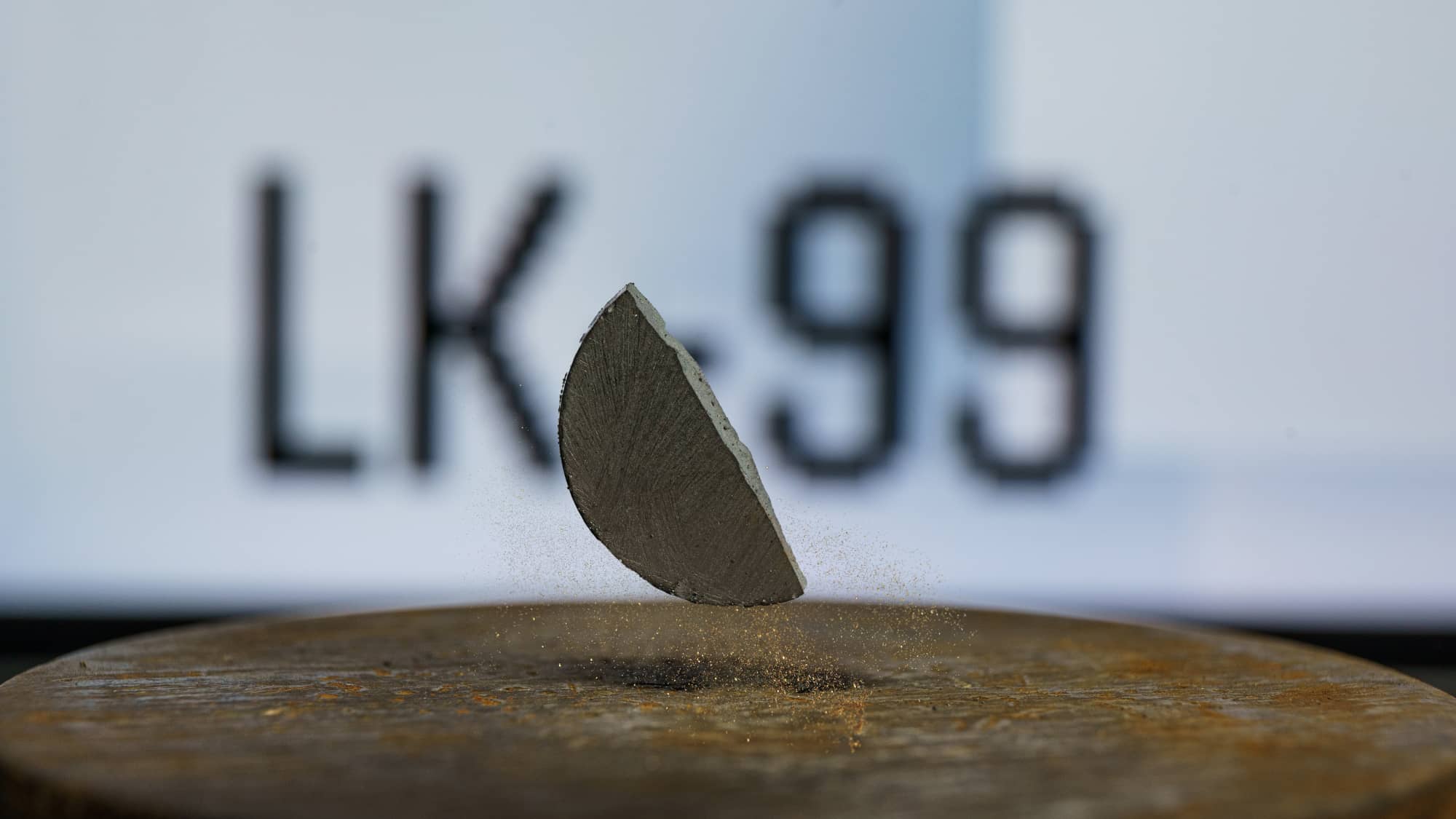The race to discover superconducting materials at room temperature is a scientific adventure that borders on science fiction. At the heart of this odyssey is LK-99, a material of which there was a lot of talk in recent times: although surrounded by an aura of mystery, it continues to tickle the imagination of researchers.
The recent publication of a preliminary paper on Arxiv has put the spotlight back on this enigmatic material, promising unexpected potential. This time too, obviously, between the theoretical promise and the practical realization lies an abyss of challenges and unknowns. The “soap opera”, however, is increasingly intriguing.
LK-99, the word "end" is still missing
LK-99, or copper-doped lead apatite, has been in the news for quite a while. The material, the focus of fervent discussion and intense research, has been heralded as a room-temperature superconductor. No laboratory in the world, however, has managed to synthesize a material that reproduces the results obtained by the researchers who announced the discovery.
Despite a certain resignation, however, a recent article pre-published on Arxiv has rekindled hopes, exploring, through quantum mechanical simulations, the possible paths that could lead LK-99 towards superconductivity. But why is it so important?

The inexhaustible fascination of superconductivity at room temperature
Superconductivity at room temperature is a sort of “Holy Grail” in the field of materials physics. Such a superconducting material can conduct electricity without resistance, a phenomenon that could revolutionize countless industries, from energy to electronics to medicine. But, like any self-respecting Grail, the path to its discovery is paved with enigmas.
LK-99, between theory and reality
Why has no one reproduced the results of the Asian laboratories? And why is it still possible that this material can have the boasted properties?
First of all, for a question linked to its very synthesis. The process of “making” LK-99 was described by researchers in a disorganized way, through lacking original documentation. This led to different versions of material from the original “recipe”.
Yes, but in the end is LK-99 superconductive at room temperature or not?
In certain samples, highly symmetrical arrangements of fundamental particles leave room for electrons to run around free and without resistance, usually pairing in what are called “Cooper pairs“. In others, these symmetric regions are interspersed with non-superconducting low-symmetry zones. The latter create barriers to the free movement of electrons, which, losing energy in the form of heat, fall back into the semiconductive behavior typical of materials such as silicon.
In other words, LK-99 could be superconducting at room temperature only by achieving precise conditions in its structure. And at the moment, since no experiment has succeeded in obtaining these conditions, the material is considered unsuitable.
In search of symmetry
The authors of the latest study, Jun Li e Qi An from Iowa State University in the USA, suggest that the synthesis of predominantly high-symmetry phase LK-99 samples could pave the way for the creation of superconductors at room temperature and atmospheric pressure. Here is the link, if you want to find out more.
A fascinating idea which, however, underlines a substantial challenge: understanding and controlling the synthesis process. Theoretically, room-temperature superconductivity seems within reach, but practically, the actual synthesis process (and superconductivity itself) may still be too poorly understood to conceive of ways to improve the yield by increasing the amount of lead apatite doped with useful copper.
The road towards the superconductivity of LK-99 is still long and uncertain, but the impression is that this "ping pong" of news is not an end in itself. Even if LK-99 proves to be a dead end, the journey of discovery will continue, and perhaps these studies will also be useful towards the final goal.


